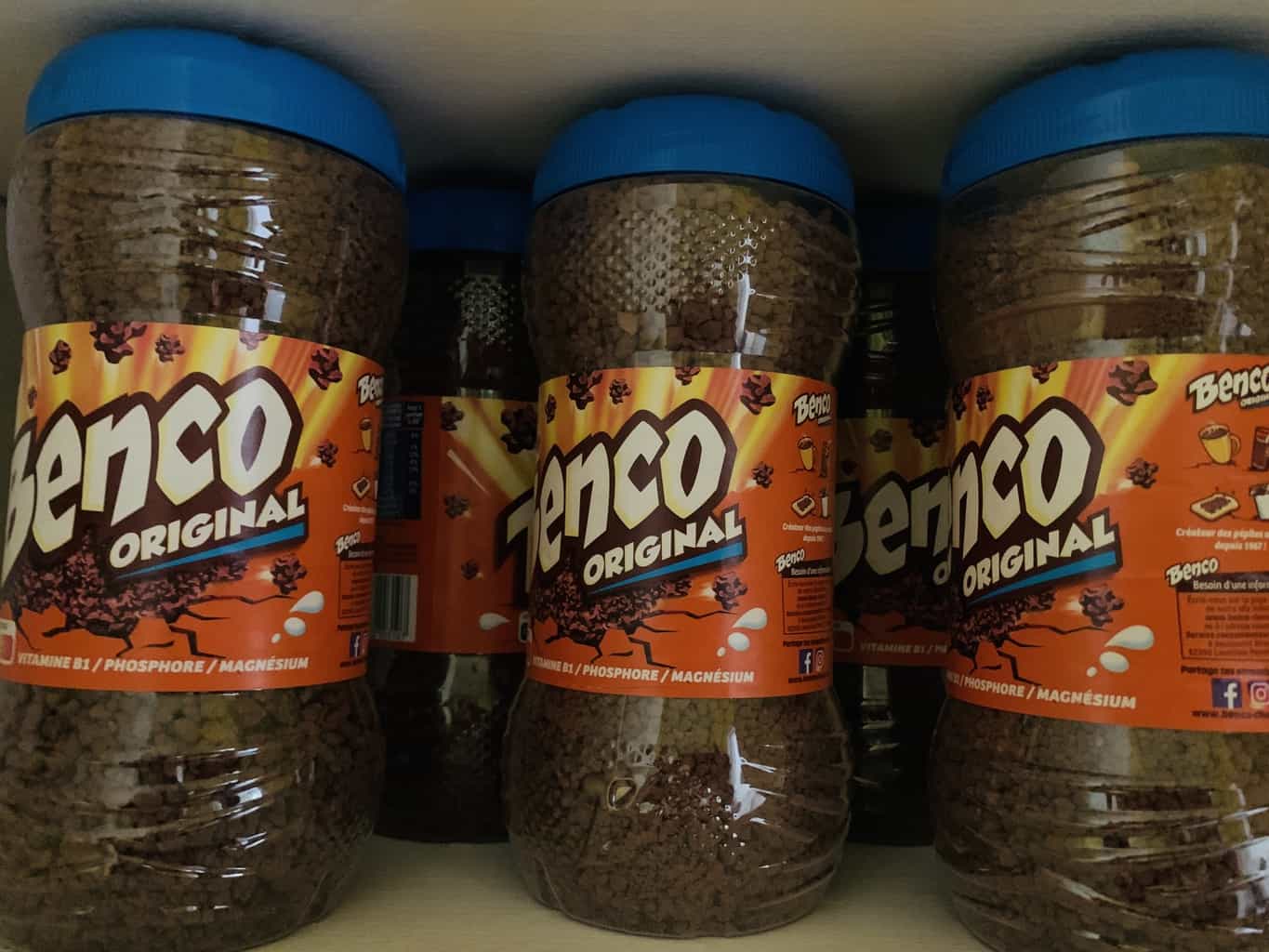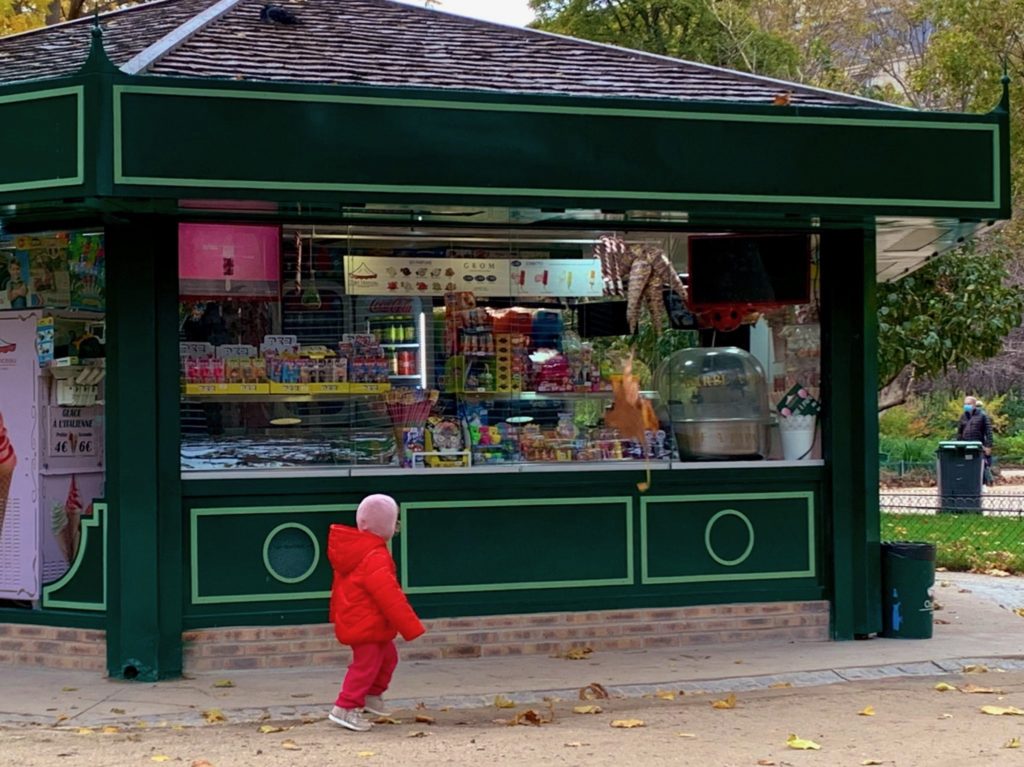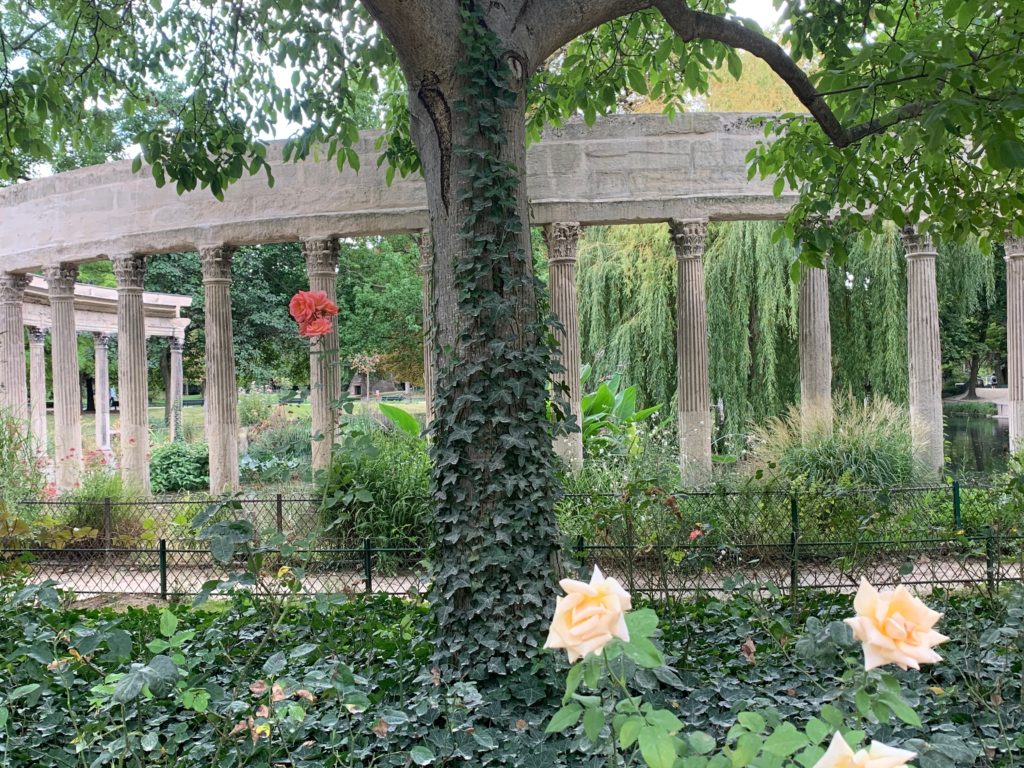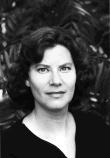Five Things I Love (& 5 I Can Do Without)
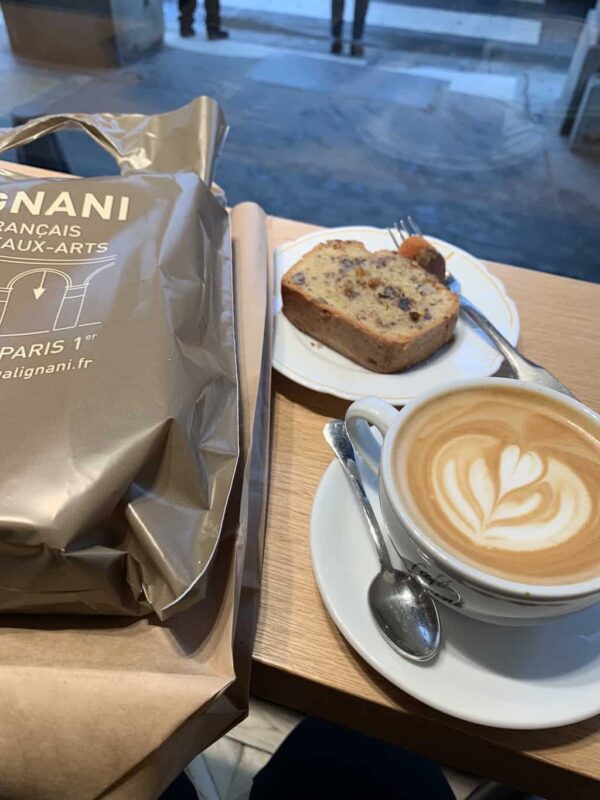
When I go through a dry spell in my writing, I find it helps to think in fives. Instead of beginning the day with a scene from my novel-in-progress, I begin with a quick exercise: write about five of something. Five books I love, five cities I’ve lived in, five dates, five meals…anything.
In her excellent and esoteric blog Writer’s Notebook, NorCal native and Paris expat Summer Brennan explains the origins of the Five Things post.
“There seems to be something about the number five that helps to give a satisfying structure, at least to the writer, if not to the reader,” Brennan writes.
With that inspiration, I’m sharing my own five things: Five Things I Love and Five I Can Do Without. (I considered calling this post “5 Things I Love and Five I Loathe.” That would have been a catchier title, but a dishonest one. There’s nothing in this list of fives I actually hate. I began with the idea of very strong preferences. Here goes: Five Things I Love, and their less lovable counterparts.
Coffee not Tea
I have a secret bias. If someone reveals that they drink tea instead of coffee, I automatically mistrust them. I don’t think they’re morally corrupt, necessarily, but I question their common sense. Fair or no, I associate tea with china cups and doilies. Ruffled lampshades. Dusty sofas in floral patterns. I secretly suspect that the majority of tea-drinkers can name the lesser royals and perhaps even recall their more questionable moments in haberdashery. (I do have dear friends who drink tea and exhibit none of these characteristics, and I fully admit my bias is not based in fact). By contrast, in my mind, a coffee drinker’s lamps give good light. Their linens are unfussy. They like to get stuff done.
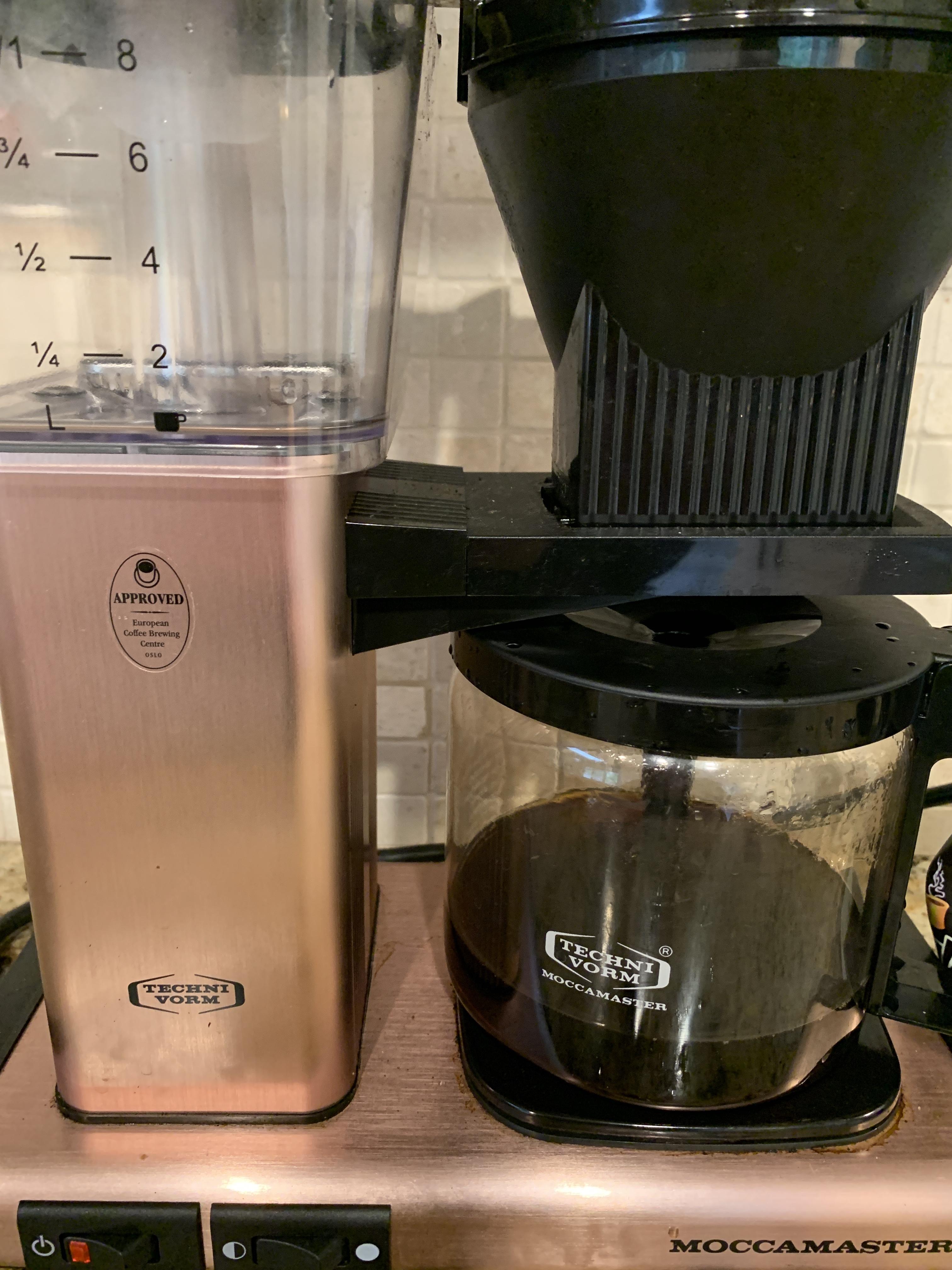
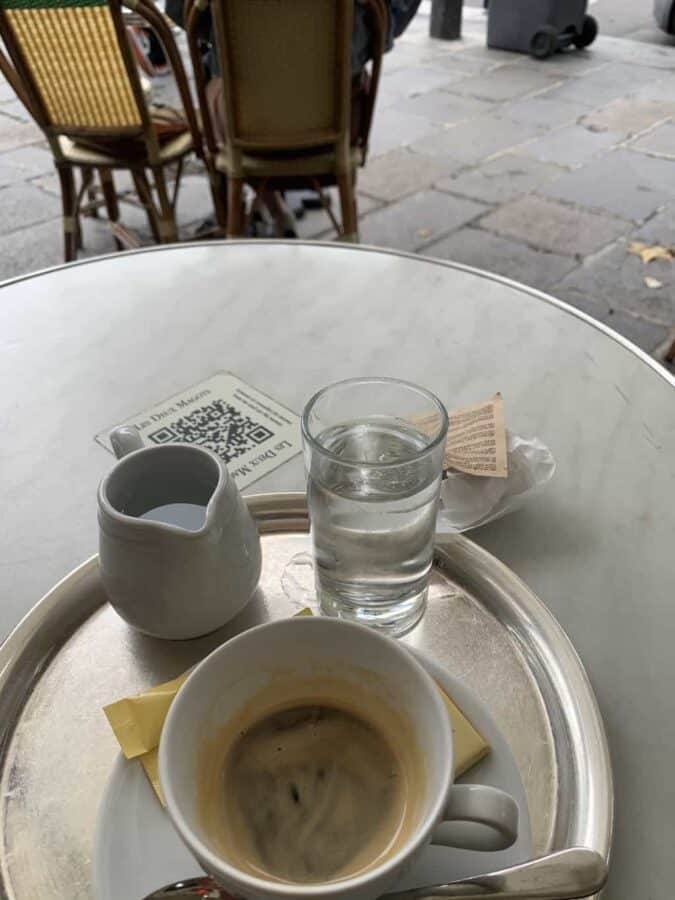
I think Michelle Richmond must own stock in a bunch of different ‘hot chocolate beverage flavouring chemical’ companies due to sheer number of times she mentions/describes HOT CHOCOLATE in this story. She must be getting a kick-back from Nestle
